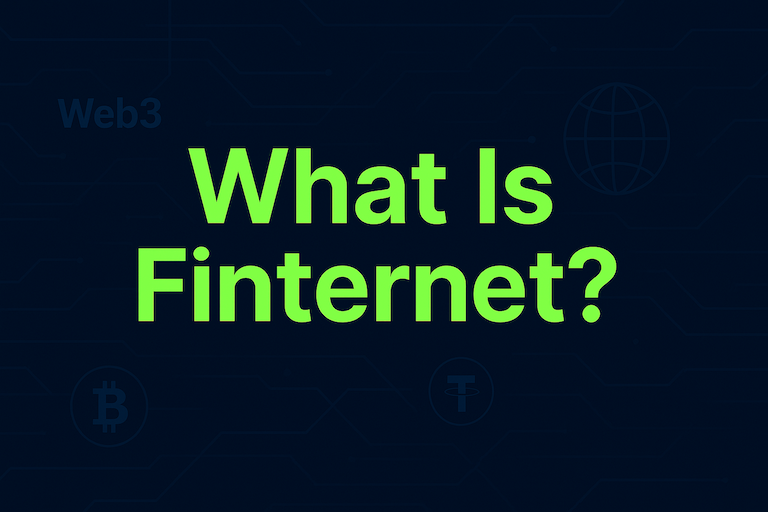What is Self-buys in Crypto Trading?
May 8, 2025
Self-buys refer to the practice of a project team or wallet buying its own token to simulate demand, manipulate price charts, or attract investor attention. In centralized and decentralized markets, these trades may look like real buying pressure but are often used to create artificial market signals. While not always illegal, self-buying is controversial due to its impact on price integrity and investor trust. This article explains what self-buys are, how they work, and why traders should watch out.
What Are Self-buys?
A self-buy happens when the same party or closely linked entities buy their own tokens—often using different wallets or through intermediaries. This can occur in both centralized exchanges (CEXs) and decentralized exchanges (DEXs), and is sometimes referred to as wash trading if it involves coordinated buying and selling to inflate volume.
Common reasons for self-buys:
Create the illusion of market demand
Push up price to attract retail buyers
Trigger algorithmic trading bots or signal systems
Help the token chart appear “bullish”
Mask the fact that external buyers are absent
Why Is It a Problem?
While self-buying may seem harmless or even strategic, it introduces false information into the market:
Misleads traders about true market sentiment
Can pump prices before a rug pull or dump
Harms genuine price discovery
May violate exchange rules or securities laws
Erodes long-term project credibility
Some blockchain explorers now highlight suspicious self-buy behavior via wallet tracking tools.
How to Spot Self-buys
Watch for these signs:
High volume with few unique buyers
Price rising despite low community engagement
Large recurring buys from similar wallets
Short spikes followed by sell-offs
Wallet addresses tied to project team repeatedly trading the same token
Cross-checking wallet activity on block explorers (like Etherscan or Solscan) can help verify patterns.
How to Protect Yourself
To avoid getting trapped:
Use tools to analyze token holder distribution
Look for transparent team wallets and tokenomics
Avoid tokens with manipulated-looking price charts
Observe community and developer activity
Check if volume growth is supported by real adoption
Being skeptical of sudden “hype” can help you stay safe.
Start your safe cryptocurrency journey now
Fast and secure deposits and withdrawals, OSL safeguards every transaction !


